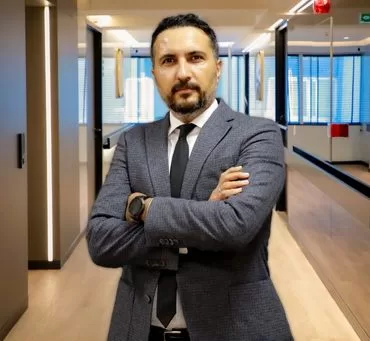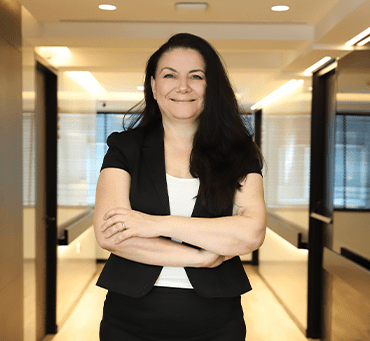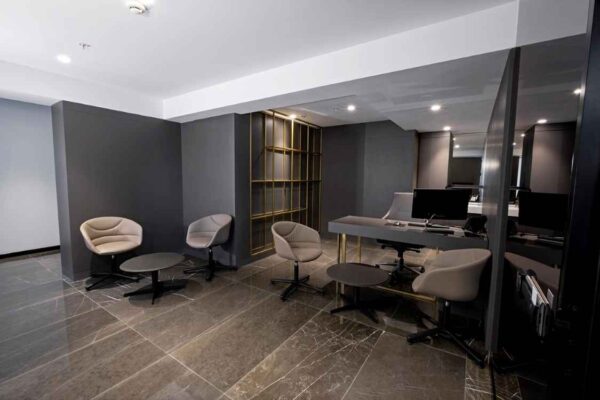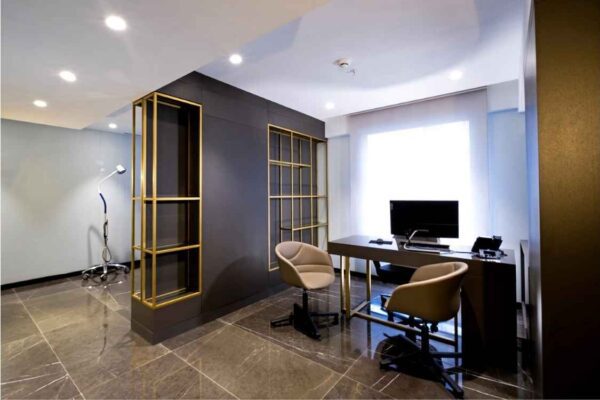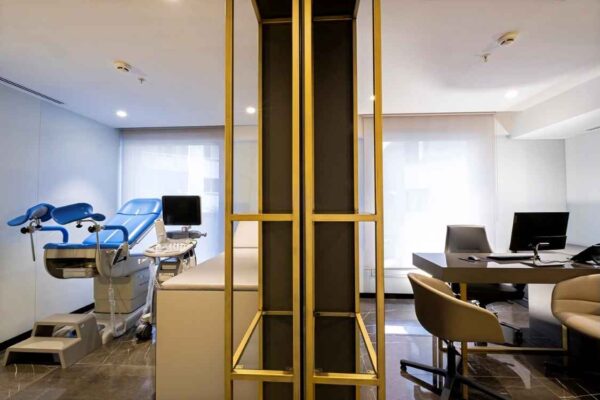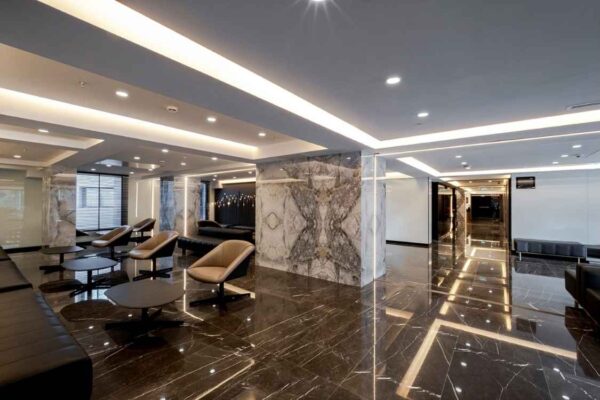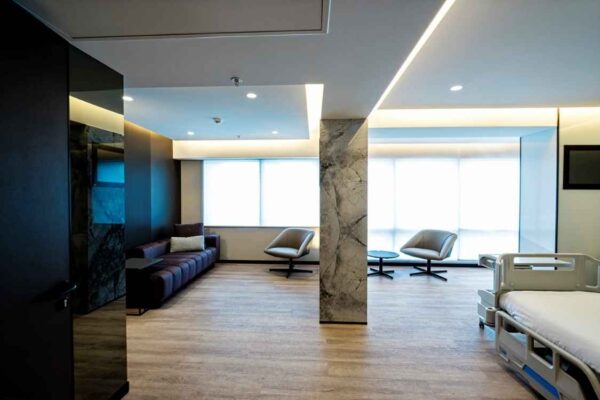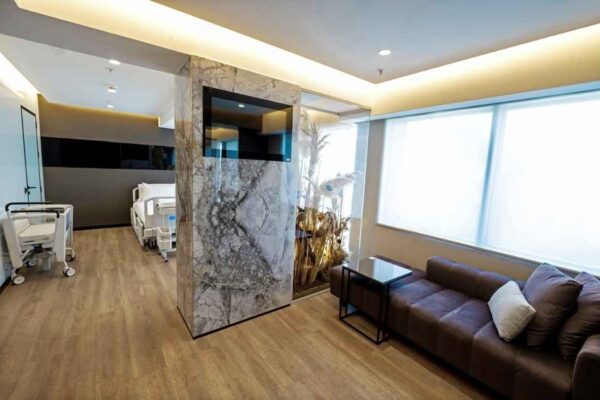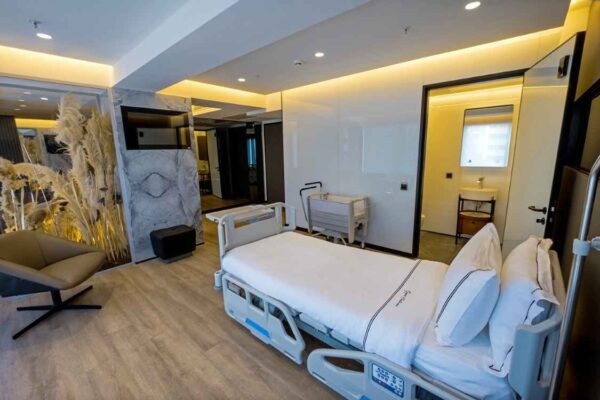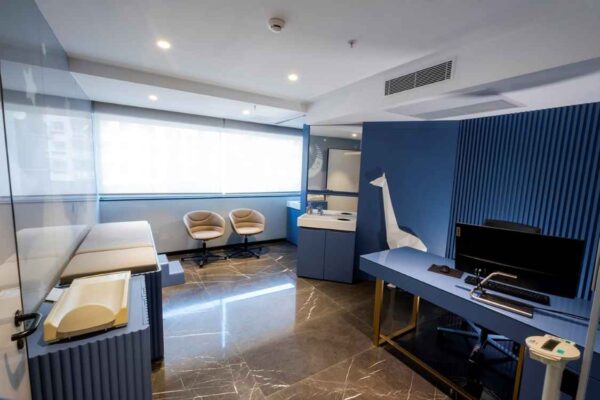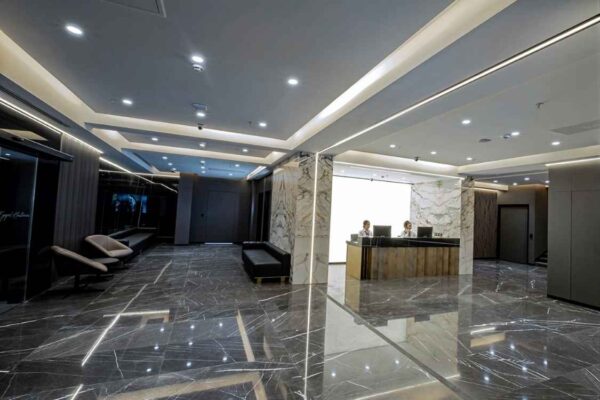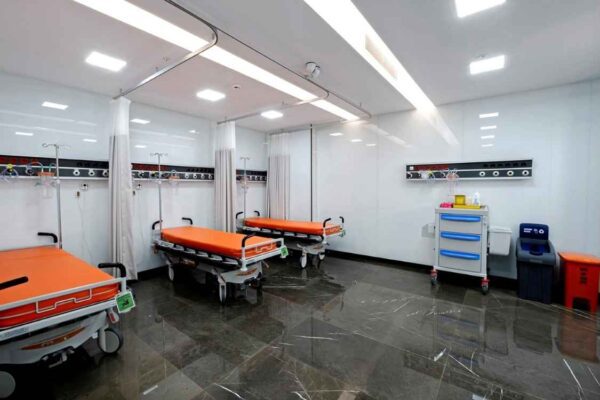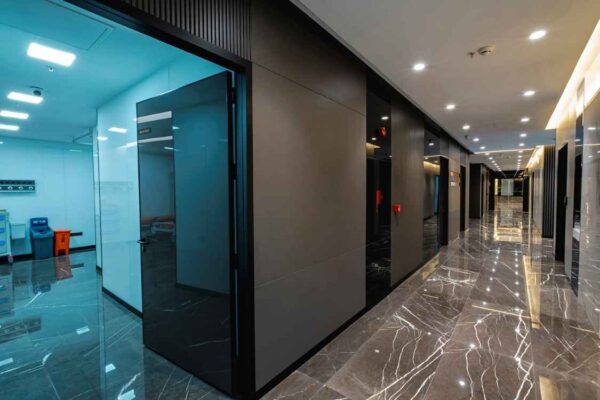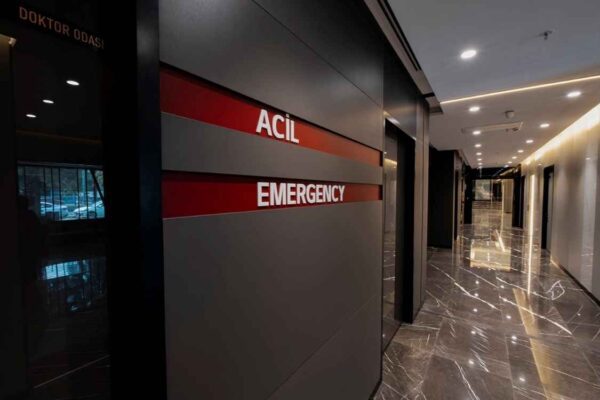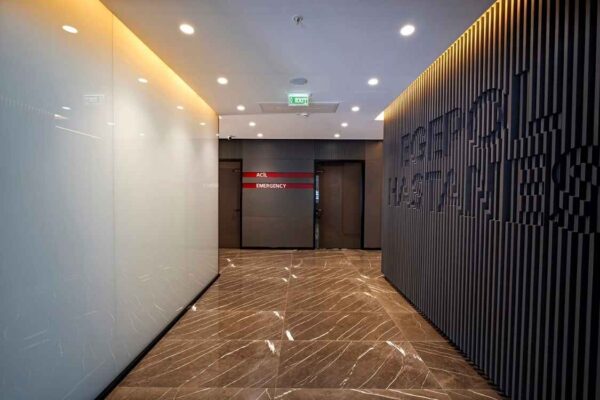The rising prominence of bichectomy in the realm of cosmetic surgery is attributable to its capacity for crafting a distinctly refined and slender facial outline. This aesthetic operation entails the excision of buccal fat deposits situated in the cheek area, which contribute to the plumpness and roundness of the cheeks. Eliminating these fat deposits can yield a more sculpted and contoured visage.
Predominantly, bichectomy is conducted on individuals possessing a hereditary propensity for cheek fullness that remains unresponsive to dietary modifications and physical activity. Although not a weight reduction method, bichectomy can enable individuals to attain their desired facial aesthetics. This technique can be particularly advantageous for those who are self-conscious about their plump or rounded cheeks and yearn for a more pronounced and angular facial framework. Bichectomy has the potential to ameliorate facial appearances, bolster self-assurance, and endow patients with heightened confidence in their overall mien.
What is Bichectomy?
Bichectomy is a relatively straightforward intervention that can be administered as ambulatory surgery with local or general anesthesia. The procedure’s duration usually spans between 30 minutes and an hour, and convalescence is comparatively brief. Post-operative discomfort, inflammation, and discoloration may be encountered, but these manifestations generally abate within several days. A period of repose and abstention from vigorous activities is recommended during the initial fortnight of recuperation, along with adherence to a diet of soft foods to preclude damage to the surgical area.
While bichectomy is predominantly deemed safe, it is not devoid of potential risks and complications inherent to surgical interventions, such as hemorrhaging, infection, nerve trauma, scarring, and asymmetry. Engaging in an open dialogue with a competent plastic surgeon regarding these risks and diligently adhering to pre- and post-operative directives can mitigate the possibility of complications. Collaborating with a seasoned and proficient plastic surgeon can empower patients to actualize their envisioned facial appearance while ensuring a secure and efficacious bichectomy procedure.
How is Bichectomy Performed?
Bichectomy, which entails the excision of buccal fat deposits from the cheeks, is performed under local or general anesthesia and typically requires between 30 minutes and an hour to conclude. The bichectomy process encompasses the following steps:
- An intraoral incision is fashioned between the cheek and gingiva, precluding the formation of visible scars.
- Buccal fat deposits are identified and cautiously excised from the cheeks utilizing specialized surgical implements to prevent injury to surrounding structures.
- Subsequent to fat deposit removal, the incision is sutured with dissolvable stitches, which obviate the need for stitch extraction at a later date.
- Patients are encouraged to rest and refrain from strenuous activity for several days post-surgery. Temporary discomfort, swelling, and bruising may be experienced but generally subside within a few days.
- A soft food regimen is advised for the initial days following the procedure to facilitate proper incision healing.
- A follow-up consultation with the surgeon is necessitated to verify the incision’s satisfactory healing and the absence of complications.
What should be considered after Bichectomy?
After undergoing a bichectomy, a surgical procedure to remove the buccal fat pads in the cheeks, there are several important considerations for a successful recovery and optimal results. Here are some key points to keep in mind:
- Follow the post-operative instructions provided by your surgeon diligently. This may include medication usage, wound care, and dietary restrictions.
- Apply cold compresses to reduce swelling and bruising in the treated area during the initial days following surgery.
- Maintain a soft diet for the first few days, gradually reintroducing solid foods as advised by your surgeon.
- Avoid excessive chewing or strenuous physical activities that may strain the surgical area.
- Take prescribed pain medications and antibiotics as directed to manage discomfort and prevent infection.
- Attend all scheduled follow-up appointments to monitor your recovery progress and address any concerns or complications.
- Be patient, as swelling and bruising are common after the procedure and will gradually subside over time.
- Avoid smoking and alcohol consumption, as they can impair healing and increase the risk of complications.
- Maintain good oral hygiene and follow any additional oral care instructions provided by your surgeon.
- Communicate openly with your healthcare team, reporting any unusual symptoms, such as severe pain, excessive bleeding, or signs of infection, promptly for appropriate management and support.
FAQs
The payment plan options for Bichectomy surgery in Turkey may vary depending on the specific clinic or surgeon. Generally, common payment methods include credit card, bank transfer, and cash. It is advisable to consult with the chosen clinic or surgeon directly to get accurate information about their payment options and any available installment plans.
No, Bichectomy operation does not typically come under insurance coverage. Bichectomy is a cosmetic procedure aimed at reducing facial fullness by removing fat pads in the cheeks. Since it is considered an elective surgery, insurance companies generally do not provide coverage for this type of procedure.
Bichectomy, a cosmetic procedure to remove excess fat pads from the cheeks, may be cheaper in Turkey due to several factors. Turkey has a lower cost of living and a competitive healthcare market, resulting in lower surgical fees. Additionally, the availability of skilled surgeons and a thriving medical tourism industry contribute to the affordability of bichectomy in Turkey.
No, finance options for bichectomy procedures are not typically available. Bichectomy, a cosmetic surgery to remove facial fat pads, is considered an elective procedure and is often not covered by insurance or eligible for financing. Patients are usually required to pay for the procedure out of pocket.
In Turkey, there isn’t a specific age limit for bichectomy surgery, which involves removing the buccal fat pads to enhance facial contour. However, it is generally recommended for individuals who have fully developed facial structures. It’s crucial to consult with a qualified plastic surgeon to assess suitability based on individual circumstances and desired outcomes.
The percent chance of a surgery such as bichectomy going wrong depends on various factors, including the skill of the surgeon, the patient’s health condition, and potential complications. While risks exist with any surgical procedure, discussing them with a qualified professional can provide a more accurate assessment of individual circumstances and potential outcomes.
Bichectomy, a cosmetic procedure to remove fat pads from the cheeks, is generally safe. However, like any surgical procedure, there are potential risks and complications. These can include infection, bleeding, nerve damage, scarring, and asymmetry. It’s important to consult with a qualified surgeon and carefully weigh the risks before proceeding.
Our Team
Our Hospital
Atilla, Halide Edip Adıvar St.
No:57, 35270 Konak/İzmir




